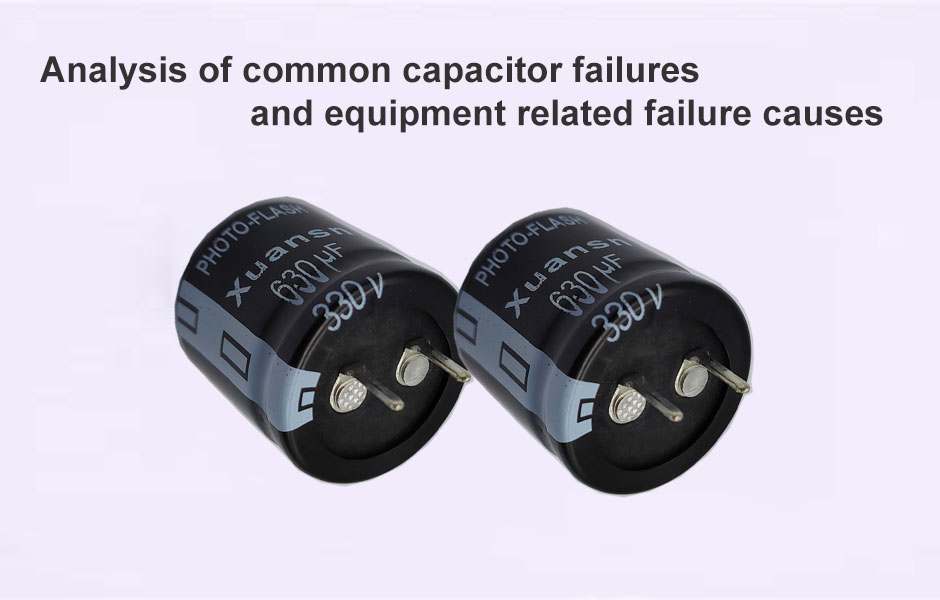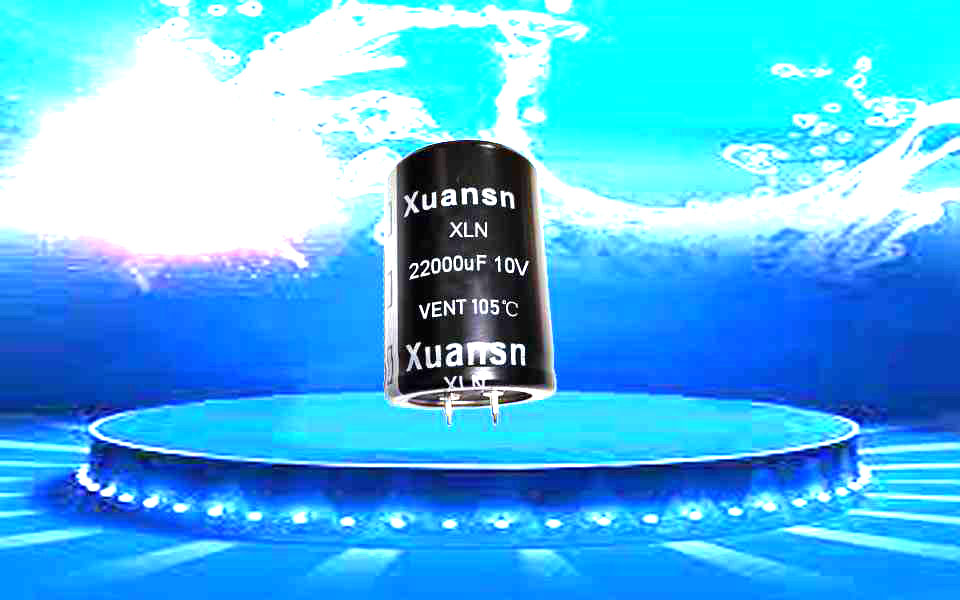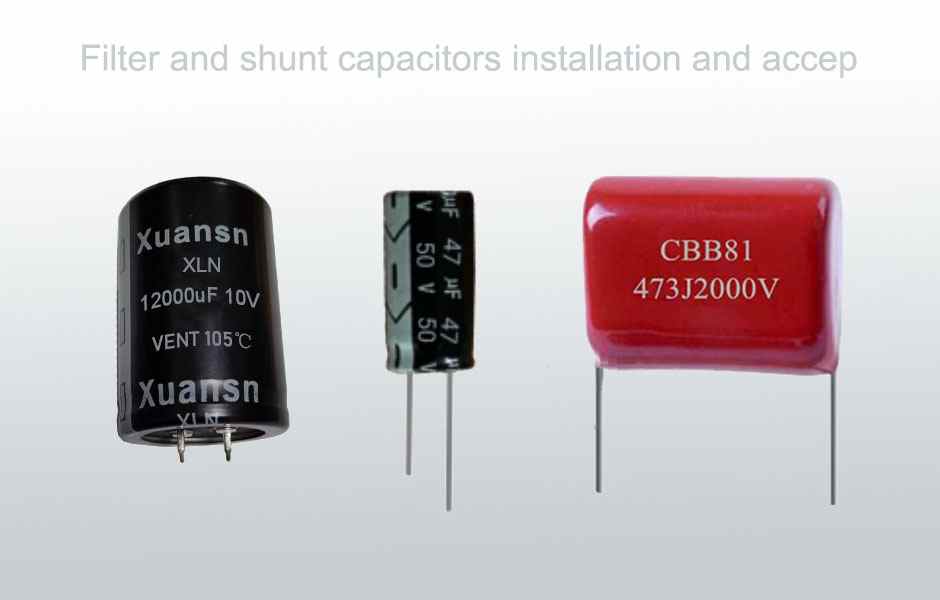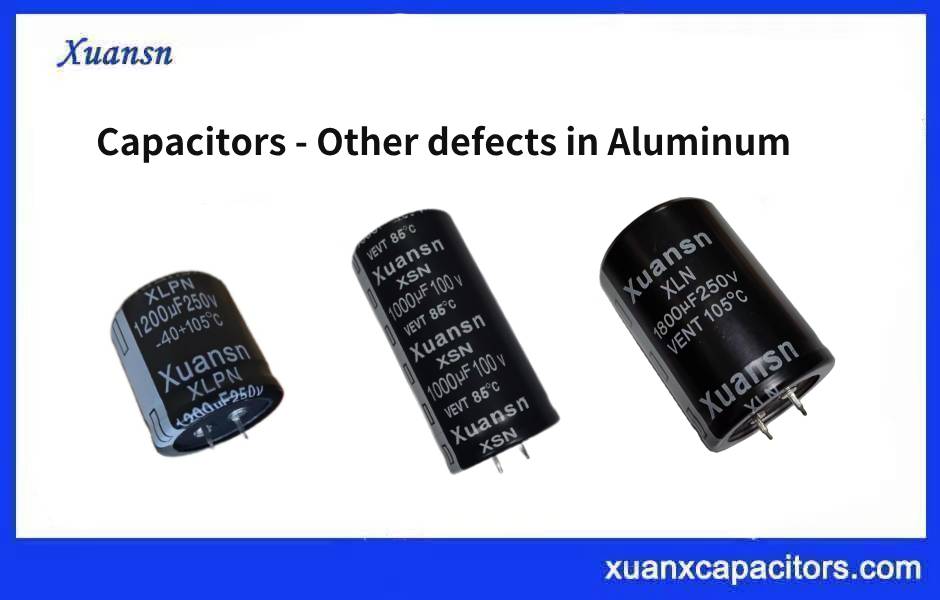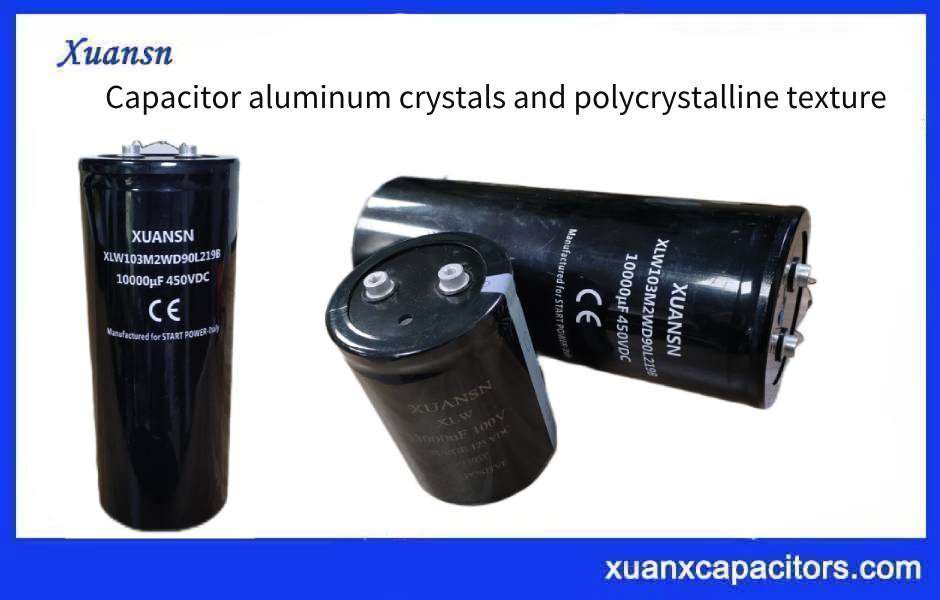Capacitors and power capacitors are widely used in circuits for blocking, coupling, bypass, filtering, and tuning loops, playing a pivotal role.
- The difference of capacitors and power capacitors
Capacitors: A container that holds electricity, a device that holds electrical charges. It is composed of a layer of insulating dielectric sandwiched between two metal electrodes. When a voltage is applied between two metal electrodes, charge will be stored on the electrodes, so the capacitor is an energy storage element. Any two conductors that are insulated from each other and are very close together form a capacitor. A parallel plate capacitor is composed of the plate and dielectric of the capacitor.
Power capacitors: capacitors used in power systems and electrical equipment. It is a kind of capacitor. The metal foil is the positive electrode (aluminum or tantalum), and the metal oxide film (aluminum oxide or tantalum pentoxide) close to the positive electrode is the dielectric. The cathode is made of conductive materials and electrolyte (the electrolyte can be liquid or solid) It is composed of other materials together. Because the electrolyte is the main part of the cathode, the electrolytic capacitor is named after it. At the same time, the positive and negative electrolytic capacitors cannot be connected wrongly.
- The role of capacitors and power capacitors
The function of the capacitor can be visually described by a water tower connected to a water pipe. Water towers can be used to “store” water pressure-when the water supply system pumps supply more water than the town needs, the excess water will be stored in the water tower. Then, when the water demand is high, the excess water will flow out of the water tower to maintain the water pressure. Capacitors store electrons in the same way, and can release them later.
- 1. The capacitor is used to store electricity for high-speed release. This function is used by the flash. Large lasers also use this technology to obtain very bright instant flash effects.
- 2. The capacitor can also eliminate pulsation. If the line that conducts DC voltage contains pulsations or spikes, the bulk capacitor can smooth the voltage by absorbing the peaks and filling the valleys.
- 3. The capacitor can block DC. If a smaller capacitor is connected to the battery, after the capacitor is fully charged (when the capacity of the capacitor is small, the charging process can be completed instantly), there will be no more current flowing between the two poles of the battery. However, any alternating current (AC) signal can flow through the capacitor unimpeded. The reason is that as the alternating current fluctuates, the capacitor is continuously charged and discharged, as if the alternating current is flowing.
The role of parallel capacitors
Shunt capacitor is a kind of reactive power compensation equipment. Usually (centralized compensation) connected to the low-voltage bus of the substation, its main function is to compensate the reactive power of the system and improve the power factor, thereby reducing power loss, improving voltage quality and equipment utilization. Often used in conjunction with on-load tapping transformers.
Power capacitors can be divided into 8 types according to their purpose
- Parallel capacitors: formerly called phase-shift capacitor. It is mainly used to compensate the reactive power of the inductive load of the power system to increase the power factor, improve the voltage quality, and reduce the line loss.
- Series capacitors: connected in series in power frequency high voltage transmission and distribution lines to compensate for the distributed inductance of the line, improve the static and dynamic stability of the system, improve the voltage quality of the line, extend the power transmission distance and increase the transmission capacity.
- Coupling capacitors: mainly used for high-frequency communication, measurement, control, protection of high-voltage power lines, and as a component in the device for extracting electrical energy.
- Circuit breaker capacitors: formerly known as voltage equalizing capacitor. Parallel connection on the fracture of the ultra-high voltage circuit breaker has the effect of equalizing voltage, so that the voltage between the fractures is uniform during and during the breaking process, and can improve the arc extinguishing characteristics of the circuit breaker and increase the breaking capacity.
- Electric heating capacitors: used in electric heating equipment systems with a frequency of 40 to 24000 Hz to increase the power factor and improve the voltage or frequency characteristics of the loop.
- Pulse capacitors: It mainly functions as energy storage, and is used as basic energy storage components such as impulse voltage generator, impulse current generator, and oscillation circuit for circuit breaker test.
- DC and filter capacitors: used in high-voltage DC devices and high-voltage rectifier filter devices.
- Standard capacitor: used in the power frequency high voltage measurement dielectric loss loop, as a standard capacitor or as a capacitor voltage divider device for measuring high voltage.
